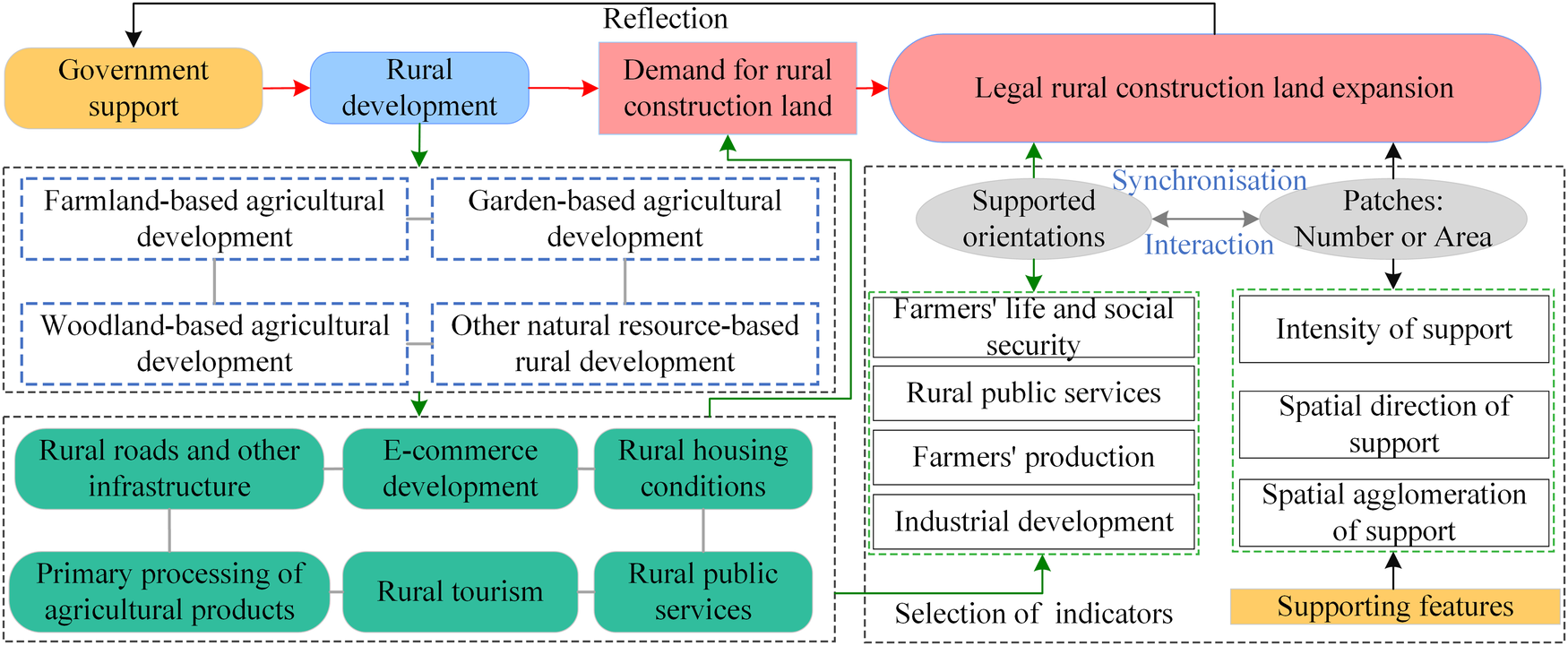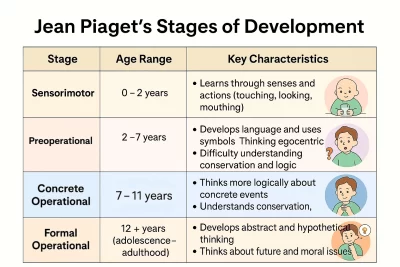
Hubei: Exploring Resources, Power, and Agriculture Potential

Hubei province, strategically located in the heart of China, is a region of immense potential, characterized by its abundant resources and burgeoning agricultural capability. Known for its diverse geographic landscape, Hubei plays a significant role in China’s overall economic framework, offering a wealth of opportunities in various sectors, particularly in mining and agriculture. The province is home to cities like wuhanshi hubei china, which serve as vital urban centers driving economic growth and development.
As we delve deeper into the resources, power, and agricultural potential of Hubei, it becomes evident that the province’s geographic advantages and rich mineral deposits set the stage for a robust economic landscape. From the significant ironworks in Daye to the monumental Three Gorges Dam, Hubei’s development trajectory not only highlights its strengths but also showcases its potential for future growth and sustainability.
- Overview of Hubei's Geographic and Economic Landscape
- Rich Mineral Resources: Iron, Copper, Coal, and More
- The Significance of Daye: A Hub for Ironworks
- Coal Production: Bituminous and Anthracite Varieties
- The Three Gorges Dam: A Landmark in Hydroelectric Power
- Benefits of the Three Gorges Dam for Regional Development
- Historical Context: Wuhan as an Industrial Powerhouse
- Industrial Growth: From Heavy to Light Industries
- The Role of Iron and Steel Production in Hubei's Economy
- Emerging Industries: Automotive and Shipbuilding Development
- Conclusion: Hubei's Potential for Future Growth and Sustainability
Overview of Hubei's Geographic and Economic Landscape
Hubei province, often described as the “Optical Valley of China,” boasts a diverse and rich geographic footprint, characterized by rolling hills, fertile plains, and extensive river networks. The Yangtze River cuts through the province, offering vital transport routes and irrigation for agriculture. Strategically positioned at the crossroads of various regions, Hubei serves as a natural bridge connecting Eastern and Western China. This advantageous location enhances not only trade but also cultural exchanges, making it a hub for numerous industries.
Economically, Hubei has successfully transformed its landscape from traditional agriculture to a more industrialized economy. The province is known for its robust infrastructure, with cities like wuhanshi hubei china emerging as industrial powerhouses. This development is complemented by the availability of essential resources, including mineral ores and energy sources, facilitating comprehensive economic growth in sectors ranging from manufacturing to agriculture.
Rich Mineral Resources: Iron, Copper, Coal, and More
One of Hubei's greatest assets lies in its extensive and varied mineral resources. The province is endowed with significant deposits of iron, copper, coal, gypsum, and phosphorus ores. These resources not only support local industries but also contribute to national demands. The iron ore deposits, in particular, have given rise to substantial operations in Daye, where major ironworks, such as the renowned Wuhan Iron and Steel Corporation, are located.
The diversity of minerals available in Hubei supports a wide range of industrial applications. For instance, copper extracted here is essential for manufacturing electrical components, while coal serves as a primary energy source for various industries. The provincial government has actively promoted mining as a vital economic sector, enabling the province to tap into its rich geological heritage to foster growth and diversification.
The Significance of Daye: A Hub for Ironworks
Daye, a city within Hubei, stands out as a pivotal hub for ironworks, characterized by its significant deposits of iron ore. With one of the largest iron production facilities in China, the city plays a crucial role in meeting both regional and national iron demands. The presence of the Wuhan Iron and Steel Corporation in Daye underscores the city's commitment to iron production and manufacturing.
The economic activities in Daye extend beyond iron smelting; the city is also focused on technological advancements in metallurgy and sustainable production practices. By evolving its industrial capabilities, Daye aims to retain its competitive edge in the iron and steel industry, ensuring long-term economic viability while contributing to the overall growth of Hubei province.
Coal Production: Bituminous and Anthracite Varieties
Hubei is also recognized for its abundant coal resources, which encompass both bituminous and anthracite varieties. This dual coal production not only caters to the domestic energy market but is also a significant export commodity. The coal mines situated throughout the province are well-equipped to meet growing demands from various industries, fueling energy production and supporting economic activity.
Bituminous coal, with its high carbon content, is particularly valued for its efficiency in electricity generation, while anthracite, being denser and harder, is preferred for metallurgical applications. The effective utilization of these coal types across different industries reinforces Hubei's role as a coal powerhouse, ensuring its place in China’s energy landscape.
The Three Gorges Dam: A Landmark in Hydroelectric Power
One of the most transformative infrastructures in Hubei is the Three Gorges Dam, located on the Yangtze River. This mega-structure, which began construction in 1994 and was completed in 2006, stands as a testament to China’s commitment to renewable energy. The dam is the world’s largest hydroelectric power station, significantly influencing not only Hubei but also the entire nation’s energy portfolio.
The Three Gorges Dam has greatly enhanced regional energy security by providing a stable source of hydroelectric power. It generates vast amounts of electricity, capable of powering millions of households while reducing reliance on fossil fuels. Its construction has also aided in improving flood control measures and promoting water conservation efforts along the Yangtze River, thus protecting agricultural land and urban settlements.
Benefits of the Three Gorges Dam for Regional Development
The benefits of the Three Gorges Dam extend beyond energy production. Its presence has triggered significant economic activity in Hubei province, enhancing trade and investment opportunities. The dam’s construction and subsequent operation have spurred infrastructural development across the region, facilitating transportation and improving connectivity between cities such as wuhanshi hubei china and its neighboring provinces.
Moreover, the dam has enabled the creation of new jobs, particularly in construction, maintenance, and tourism. As a result, local communities have experienced economic upliftment. Agricultural productivity has also seen improvements due to better water management and irrigation practices introduced due to the dam’s operations.
Historical Context: Wuhan as an Industrial Powerhouse
Historically, Wuhan has played a vital role in shaping Hubei's industrial landscape. After 1949, the city emerged as a pivotal industrial and transportation hub, providing critical infrastructure and services for enhanced manufacturing activity. By 1983, Wuhan had garnered extensive economic authority, further solidifying its status as a major center for economic development in China.
The combination of Hubei’s strategic location along the Yangtze River and its rich resource base has made Wuhan an attractive destination for domestic and foreign investment. Consequently, the city has witnessed rapid growth in various sectors, particularly heavy industries, thereby contributing significantly to the province's GDP.
Industrial Growth: From Heavy to Light Industries
Over the years, Hubei has witnessed remarkable industrial growth, transitioning from traditional heavy industries to a more diversified industrial framework. Initially focused on heavy industries such as metallurgy and manufacturing, the province has laid the groundwork for light industries to flourish. The growth of light industries has contributed significantly to economic resilience and sustainability.
As a result of this industrial diversification, Hubei is now home to a wide range of industries including textiles, electronics, and consumer goods. This evolution offers insights into the province’s capacity to adapt to fluctuating global market demands, ensuring its continued relevance in the broader Chinese economy.
The Role of Iron and Steel Production in Hubei's Economy
The iron and steel production sector holds a fundamental role in Hubei's economy. Reflecting the province’s rich mineral resources, this industry has become a backbone for regional industrialization and economic growth. The major ironworks in Daye, along with significant operations in Wuhan, bolster Hubei's status as one of China's leading iron and steel producers.
Iron and steel products manufactured in Hubei serve various sectors, including construction, automotive, and machinery, thereby having a cascading impact on the economy. Being a concentrated hub for iron and steel production, Hubei has further established itself as a vital contributor to China’s burgeoning infrastructure projects and industrial needs.
Emerging Industries: Automotive and Shipbuilding Development
The automotive and shipbuilding industries are rapidly emerging as significant contributors to Hubei’s economic growth and industrial renaissance. Leveraging its strong manufacturing framework, the province has attracted several domestic and international automotive companies looking to capitalize on its skilled workforce and infrastructure.
As Hubei continues to innovate in the automotive sector, it focuses on sustainable development practices, introducing electric vehicle production and technology aimed at reducing pollution and enhancing energy efficiency. Similarly, the shipbuilding industry is experiencing growth with the Yangtze River serving as a vital shipping and trade route, enabling Hubei's shipbuilding companies to cater to both domestic and international markets.
Conclusion: Hubei's Potential for Future Growth and Sustainability
In conclusion, Hubei province stands as a testament to China’s rich natural resources and economic potential. Its strategic geographic location, coupled with abundant mineral resources such as iron, copper, and coal, plays a pivotal role in supporting various sectors. The significance of infrastructure projects like the Three Gorges Dam cannot be understated, as it ensures energy security while enhancing regional development.
With a solid foundation built upon heavy industries, Hubei's transition toward light industries and emerging sectors like automotive and shipbuilding underscores its adaptability in a changing global landscape. As the province continues to harness its resources and expand its industrial capabilities, Hubei not only secures its position within the Chinese economy but also paves the way for sustainable growth and development in the years to come.
Did you find this article helpful? Hubei: Exploring Resources, Power, and Agriculture Potential See more here Education.
Leave a Reply






Related posts